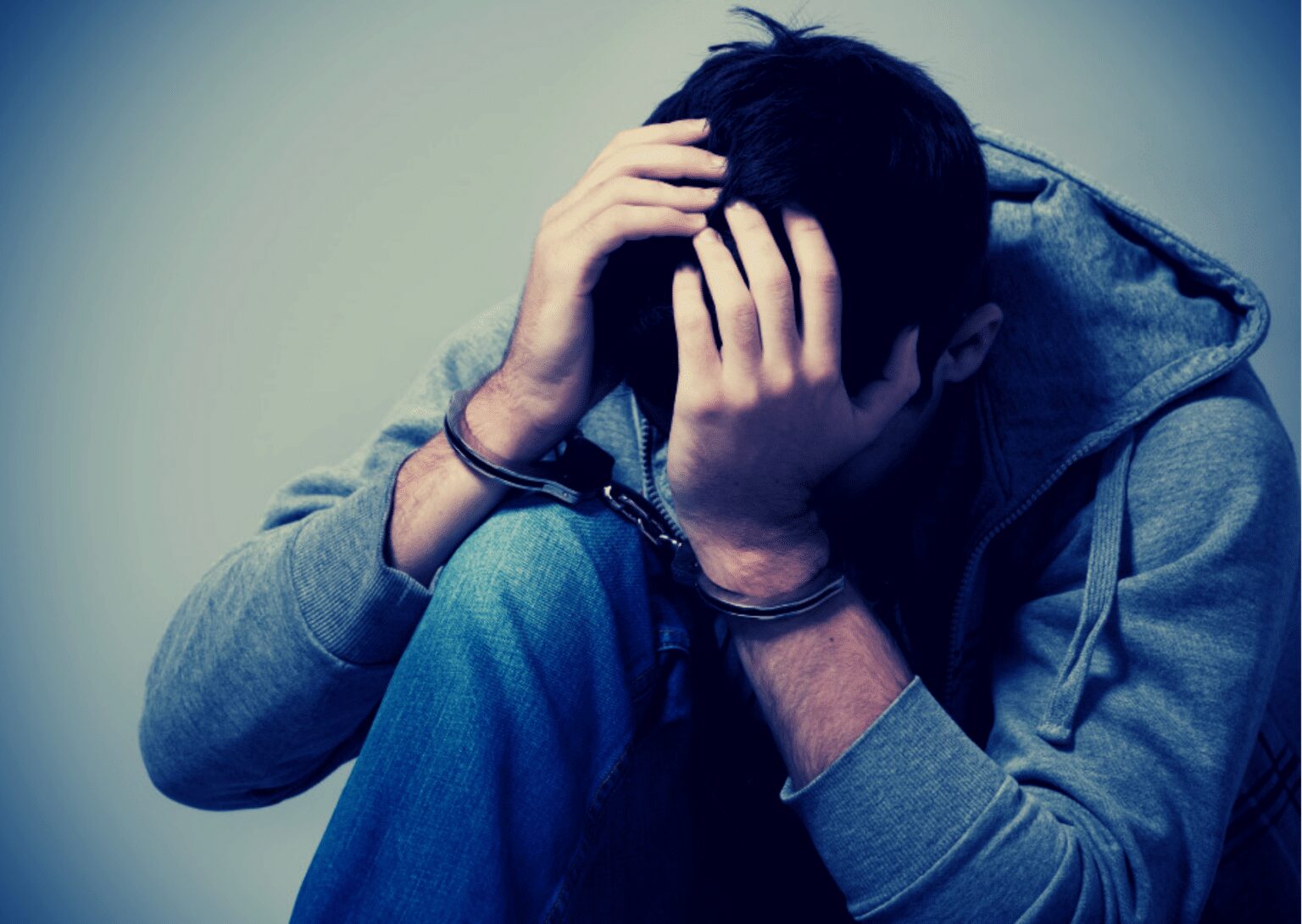Youth crime has seen a significant rise over the years. While many believe punishing is the only way, it doesn’t seem to be working.
Table of Contents
Toughness has become a political obsession. Pick the option that sounds challenging if you have to choose between two possibilities, particularly in terms of crime. But when it comes to dealing with youth crimes, we must be creative.
When times are tight, tough laws are passed because, in general, no one holds politicians accountable for being tough on crime while also refusing to apologize for it.
We’ve already established the sliding scale that places rough at one end and soft at the other, making effective seem like a distant second and smart rarely enters the picture.

Image – NCR News
Handling Youth Crime Through Punishment: Is It Working?
Many individuals instinctively believe that criminals should be punished, even if doing so has no other positive effects. Additionally, if the jail term isn’t acting as a deterrent, it needs to be lengthened.
According to data from the Productivity Commission released last month, Queensland would spend roughly ₹24 thousand crores in 2020–21—the most of any state or territory in Australia—on juvenile justice.

In addition, it has Australia’s strictest youth crime laws and the most juveniles in detention than any other state, with 275 in 2021-2022 compared to 229 in 2020-2021. However, Queensland was found to have the highest rate of recidivism in Australia last month.
According to the most recent Annual Report of the Children’s Court, fewer children were dealt with than the year before, continuing a ten-year trend. However, the community as a whole is concerned about the rise in some crime types, like car theft, and the frequency of some particularly shocking crimes.
But youth crime is still on the rise. A 41-year-old mother was recently stabbed in her chest on the front stoop of her North Lakes house during a home invasion that two 17-year-old boys are accused of carrying out.
Even renowned Wallaby forward Toutai Kefu is unsafe in his own home serves as more evidence that this is an existential concern and a cause for reasonable outrage.
Then there came the tragic death of Kate Leadbetter and Matthew Field. When a 17-year-old teenager driving a stolen 4WD crashed into them after colliding with a truck, they both died along with their unborn son that Kate was carrying at the time.
Youth Advocacy Groups on Handling Youth Crimes
With an open letter to the Queensland government, 50 different youth advocacy groups are stepping into this paradigm.

Image – Creator: Lou Jones /Credit: Getty Images
They cite reams of evidence showing that locking up children does not serve as a deterrent and simply helps to further alienate them and raise the likelihood that they will commit another crime and wind up in the adult prison system.
This is supported by the Australian government’s own study, which discovered that people’s brains do not fully grow until their mid-20s. As a result, children and teenagers suffer from impulsive behavior, react inappropriately to stressful situations, and are unable to appraise danger and outcomes compared to fully grown adults.
According to the Productivity Commission, community-based monitoring costs approximately ₹20,805 per day per youngster, compared to ₹154,598.98 per day for keeping a youngster in a prison facility.
The construction of detention facilities is a very expensive endeavor. Construction for a prospective 32-bed detention facility at Wacol was predicted to cost approximately ₹1323 crores in a 2019 business case. For instance, the newly constructed Everleigh State School in Greenbank cost approximately ₹616 crores.
Keith Hamburger, a former director-general of correctional services, thinks adolescent detention facilities should be phased down since they don’t help young people become productive members of society.

Image: NT News
He claims that offenders of youth crime taken into custody by the police should be transported to an evaluation center, where a magistrate will create and oversee a care plan.
The problem has been a lack of staff and inconsistent service, but advocates acknowledge that decent programs are provided to youth in custody.
When centers are locked down or departing employees cannot be replaced, courses are frequently rescheduled. These issues are difficult to resolve.
Everyone involved in the field agrees that there are no quick fixes when poverty, health, housing, and violence are all inextricably linked. However, better measures must be taken in handling youth crimes to ensure a better life for future generations.













